5 Digital tools for making the virtual classroom more inclusive
Neo LMS
JULY 13, 2021
After establishing a certain routine for online teaching, a new challenge emerged: creating an inclusive learning environment for every student to thrive academically and psychologically. Read more: Applying Universal Design for Learning in remote classrooms. Inclusivity refers to equity first and then equality.

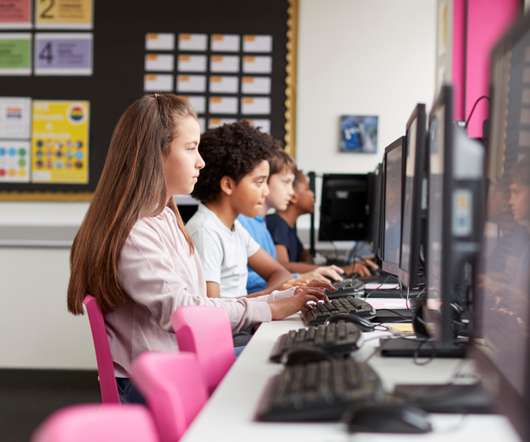
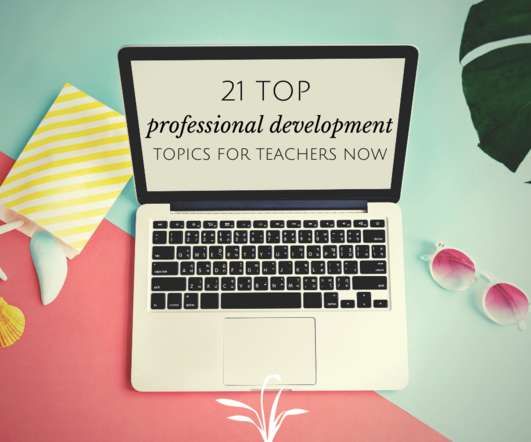
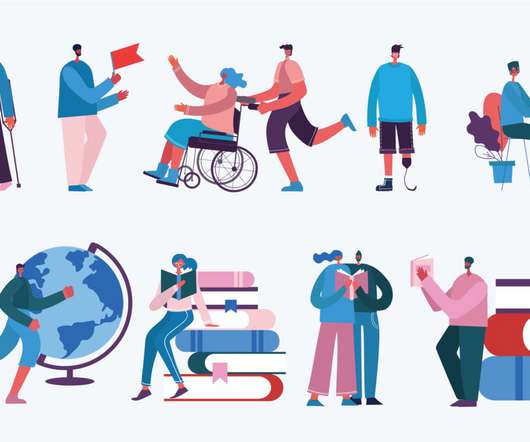
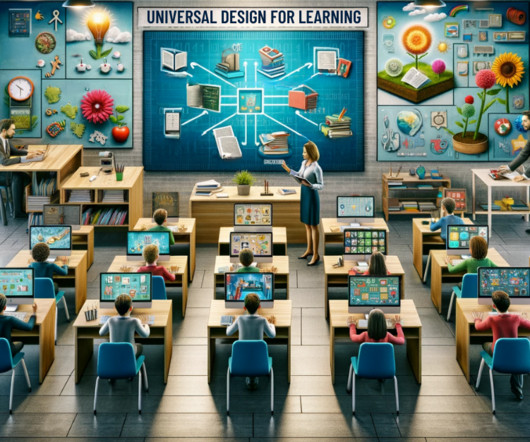
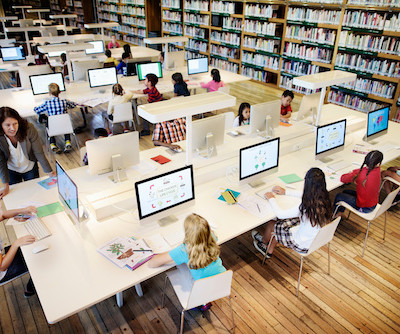









Let's personalize your content